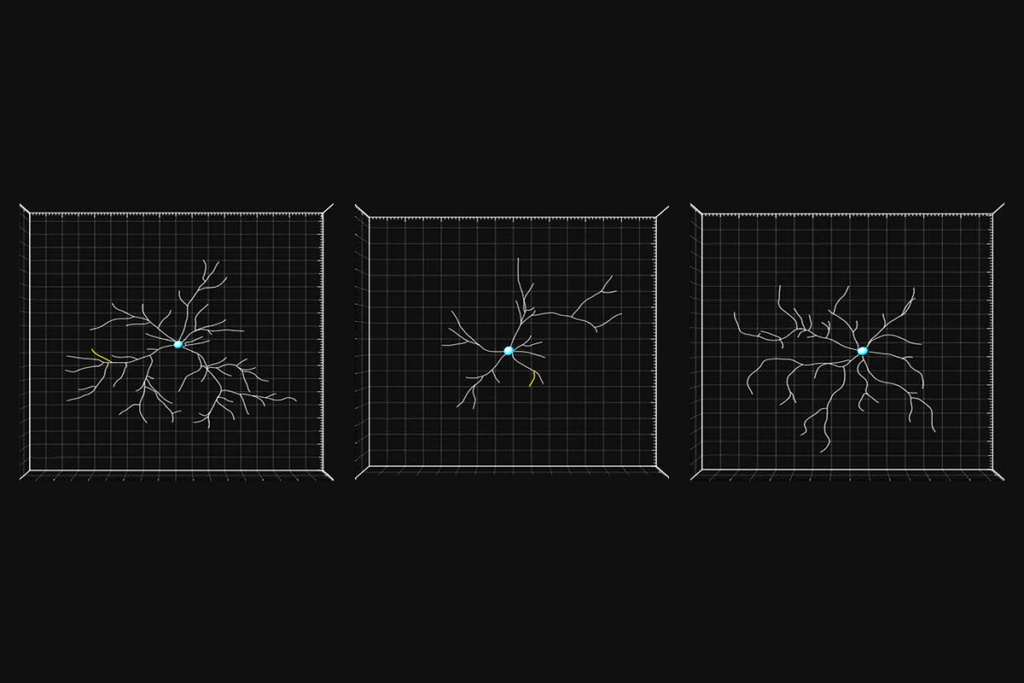Video: Postmortem studies unlocking puzzle of autism
Counting neurons in the brains of people with autism who died young might strike some people as grisly or tedious. But Eric Courchesne sees it is the key to understanding why people with autism experience rapid overgrowth of certain brain regions early in life.
Counting neurons in the brains of people with autism who died young might strike some people as grisly or tedious. But Eric Courchesne sees it as the key to understanding why people with autism experience rapid overgrowth of certain brain regions early in life.
Courchesne is director of the MRI project on early brain development in autism at the University of California, San Diego. He points out that autism is a genetic disorder that involves how the brain develops, connects and functions — and that postmortem brains are crucial to uncovering some of this information.
Courchesne spoke to SFARI Thursday at a meeting on the Emerging Neuroscience of Autism Spectrum Disorders, which preceded the Society of Neuroscience’s annual meeting in San Diego.
For more articles from the Society for Neuroscience annual meeting, please click here.
Recommended reading
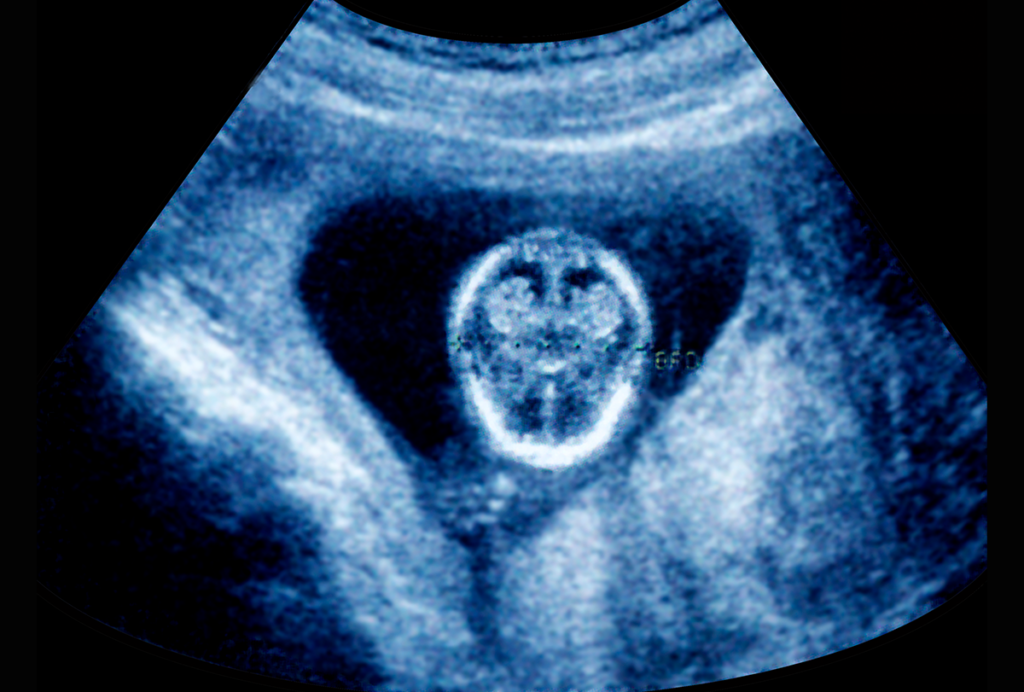
Gene-activity map of developing brain reveals new clues about autism’s sex bias
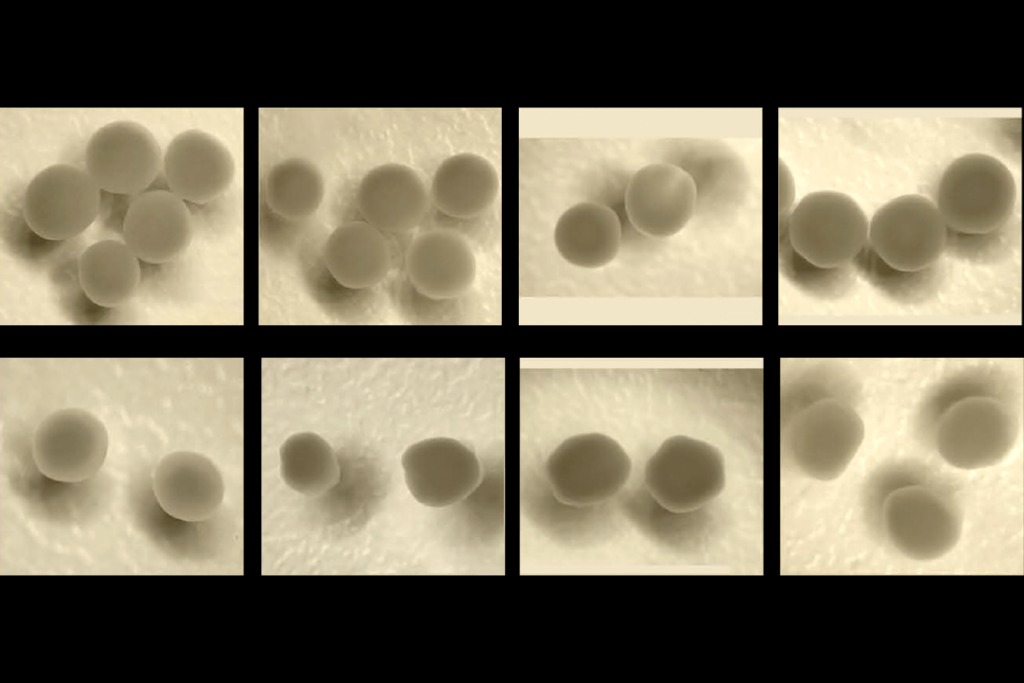
Parsing phenotypes in people with shared autism-linked variants; and more
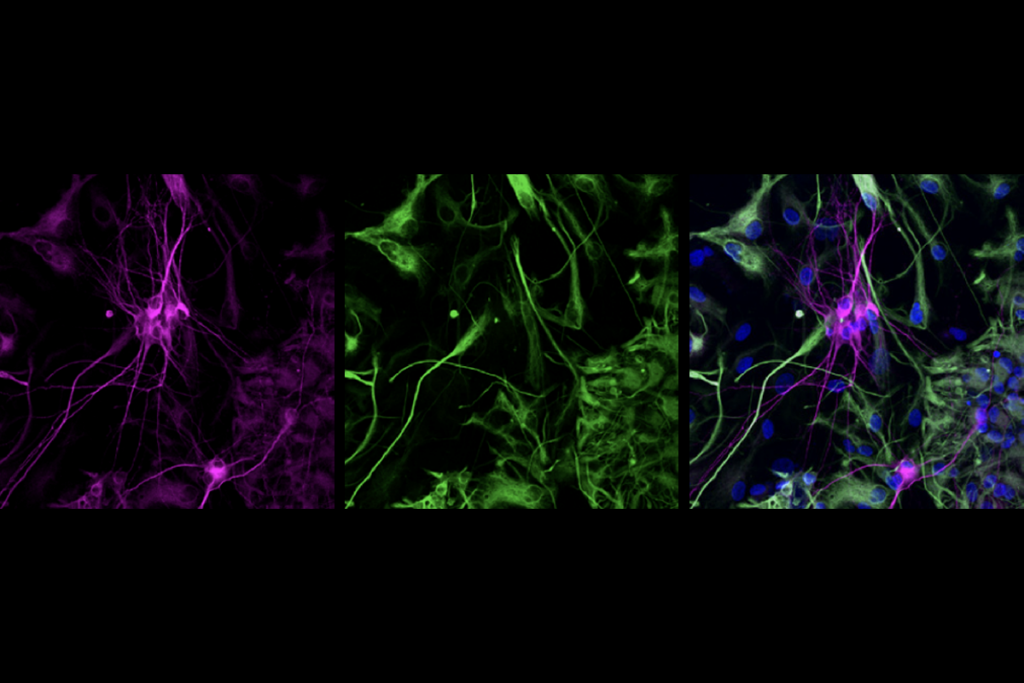
Boosting SCN2A expression reduces seizures in mice
Explore more from The Transmitter
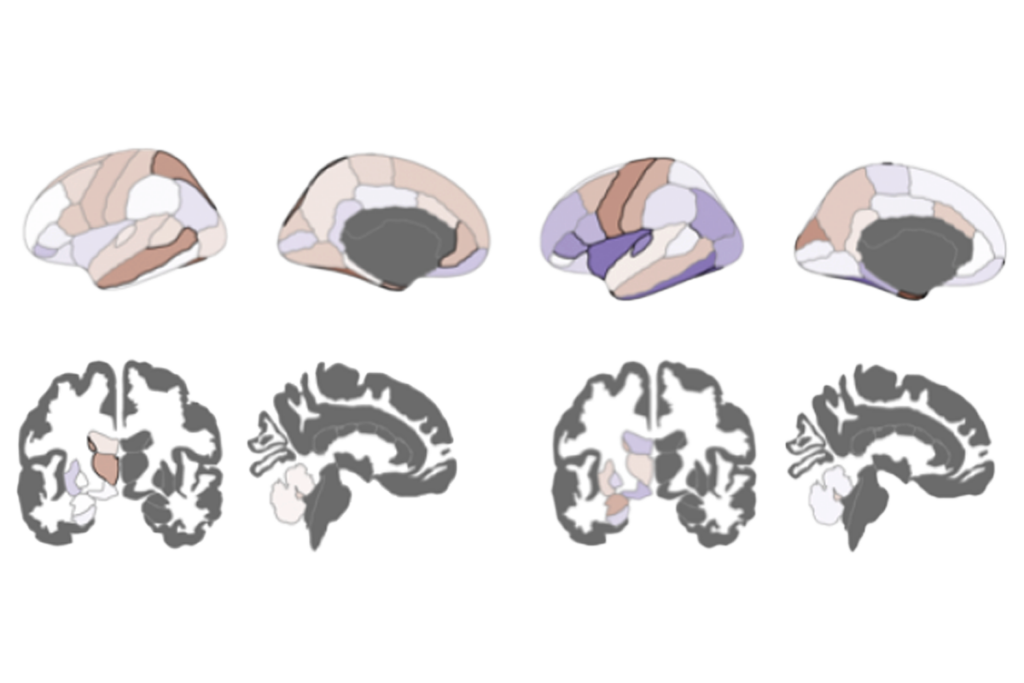
Structural brain changes in a mouse model of ATR-X syndrome; and more

Altered excitatory circuits in CHD8-deficient mice; and more
